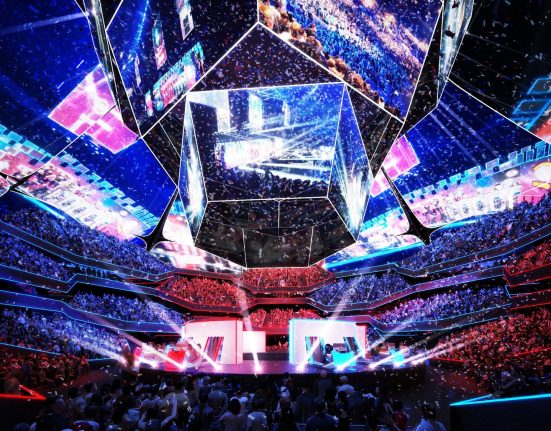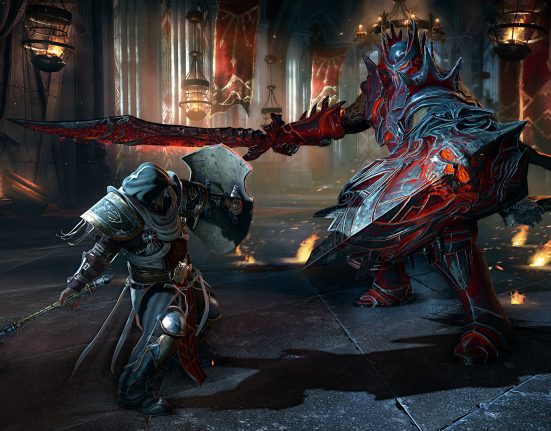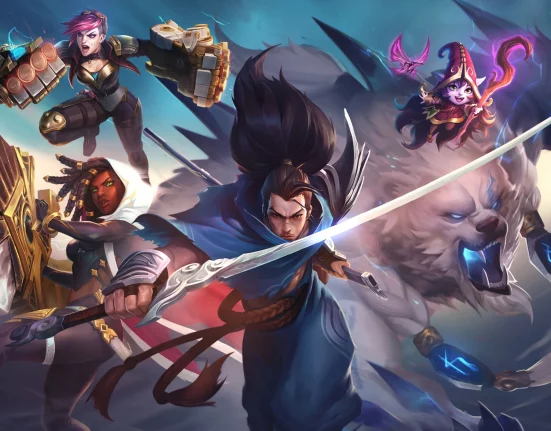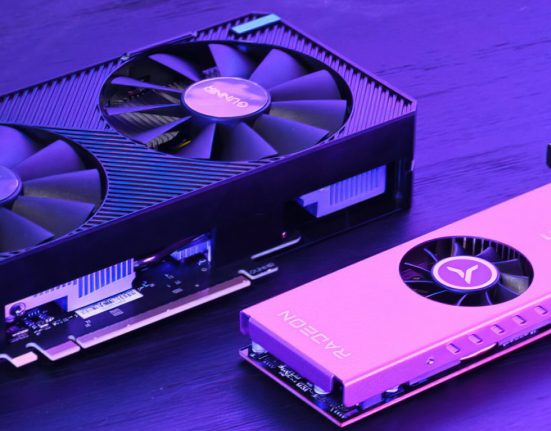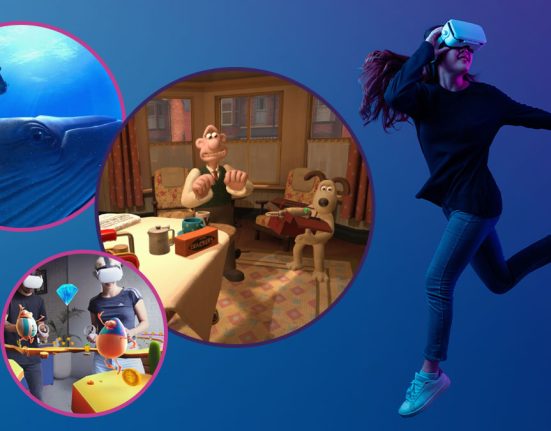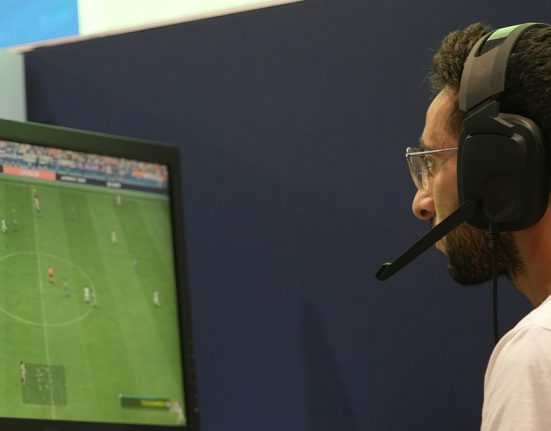Let’s wind back the clock a few years. Indeed, it’s 2019 and the likes of Google Stadia, Xbox Cloud Gaming and Amazon Luna are all announced or revealed as cloud gaming services. Yet, that begs the question – what exactly is cloud gaming technology and where is it now?
What is Cloud Gaming?
So, what drove the likes of Amazon, Google and Microsoft mad with excitement back in 2019, with other companies such as Playstation following up, when it came to cloud gaming?
Simply, in theory, cloud gaming offered an incredible idea. Specifically, the idea of being able to stream high-quality gaming content, offering access to advanced hardware through a subscription basis to play any game any where goaded these companies into investing early.
With the only barrier being a solid internet connection, the theory promises a liberating and innovative gaming experience never seen before. Especially for PC Gaming, where your individual PC may not be powerful enough to play a particular title, this notion seemed rather attractive.
Before we start discussing advantages and disadvantages, let’s understand what we mean by ‘streaming videogames’. While yes, the first thing you may associate this with is products such as Netflix, cloud gaming involves interaction over the internet, rather than just watching content. Overall, there are two ways this may work:
Video Streaming Approach
Firstly, we have the simplified video streaming approach. Here, the game graphics and contents are processed in the cloud, on a server hosted by the service provider, and a video stream is sent to the consumer. Naturally, using whatever input, the consumer may play the videogame as if the game were being processed locally.
As you can imagine, the disadvantage here is the limiting nature of internet bandwith which is also rather unpredictable. Examples of services using this type of technology include Google Stadia, Nvidia GeForce Now and Microsoft Xbox Cloud Gaming.
Command Streaming Approach
Now, the command streaming approach is an alternative which does not involve graphics processing over the cloud. Instead, in simplified terms, graphics commands and code issued by the game’s API (application programming interface) is compressed and sent over to the local graphics processing unit.
Correspondingly, this severely reduces the strain on the internet bandwith. However, the load on the local GPU does infer that your mileage will depend on your budget for a GPU which is powerful enough. Considering that a lack of local GPU power is a main draw for cloud gaming, this approach is not as popular compared to video streaming.
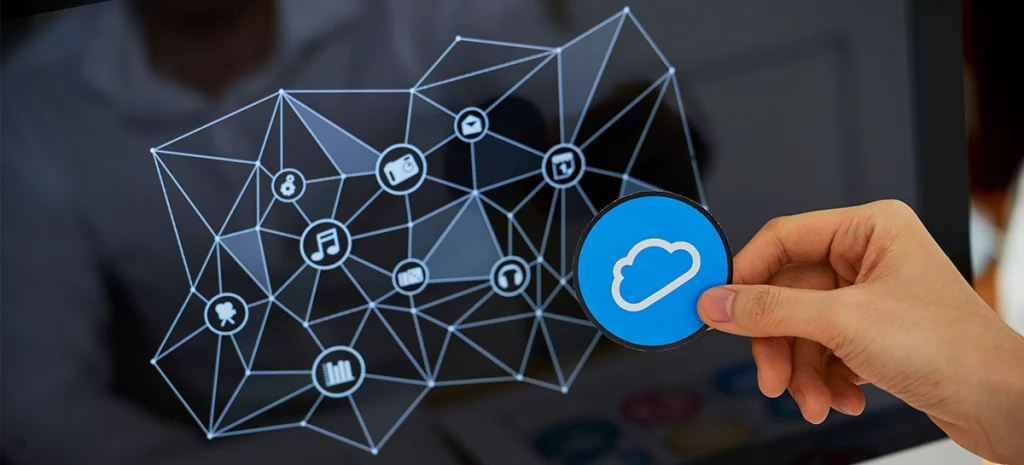
Cloud Gaming – Potentially Disrupting the Gaming Industry?
Arising at the same time as services such as Netflix and Spotify, many companies hoped to have a similar effect on the gaming industry, hoping to be the first ones at the dinner plate.
However, with the chance of disrupting the gaming industry or leaving it untouched, it seems that the latter has occurred. Indeed, the trigger for this discussion came back at the end of September this year, when Google revealed its plans to shut down the likes of Google Stadia, admitting defeat.
So, what cloud gaming experiences are available today for those who are interested:
- NVIDIA GeForce Now
- Playstation Now
- Shadow
- Amazon Luna
- Microsoft Xbox Cloud Gaming
Each of them have their advantages and disadvantages – read on as we take a brief look at all of them below.
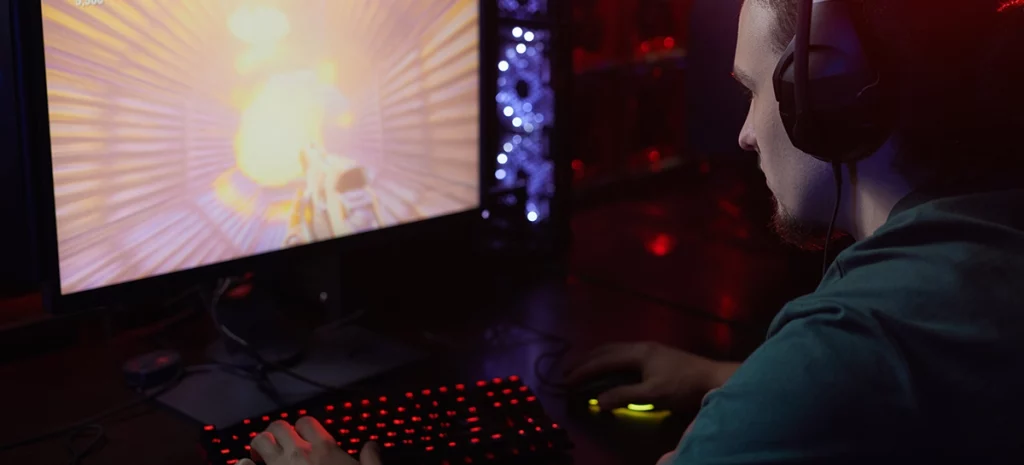
Cloud Gaming – Ranking the Litter
From the above list, it may be clear that some services are aimed at particular audiences. Indeed, one may easily infer that Microsoft, Nvidia and Playstation all have their own consoles/GPUs to promote thanks to their services.
However, the quality of a cloud gaming service is determined by a few factors:
- Price and type of subscription
- Catalogue of games – variety and quantity
- Supported devices
- Gaming experience
For example, the likes of GeForce NOW is entirely free and allows you to play games you already own at the base level, but the highest membership tier with additional features is somewhat expensive.
Otherwise, the Microsoft Game Pass offers an impressive catalogue of games together with wide variety of device support, but gamers are limited to games in the Game Pass catalogue. This is a similar case for the Playstation Now services.
All-in-all, due to a lacking demand, a top tier cloud gaming service may be considered expensive. Apart from the membership fees, the quality of internet required itself is already a pretty penny. Compared with how affordable local gaming technology can be, especially with consoles, cloud gaming simply isn’t too attractive.
Indeed, hosting servers with powerful PCs offers running costs to these companies offering cloud gaming. Correspondingly, for membership prices to fall, more people need to be investing in the product – we’re not sure when that will happen.

Cloud Gaming Technology – Quietly Waiting
So, what’s changed over the past few years?
Well, game libraries have increased, PCs have grown more powerful, internet quality has improved, but the problem remains the same. In short, the price associated with a quality cloud gaming experience, which is restricted to whichever service you choose, does not compare to the benefits of local gaming.
While there remains the potential to shift gaming technology on its head, until then cloud gaming technology will patiently wait on the sidelines.
For more news on technology, esports and gaming, visit our news site here: https://playcon.gg/news/


